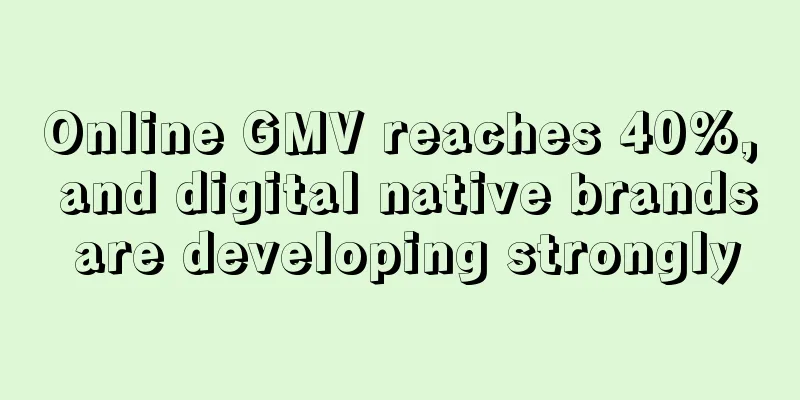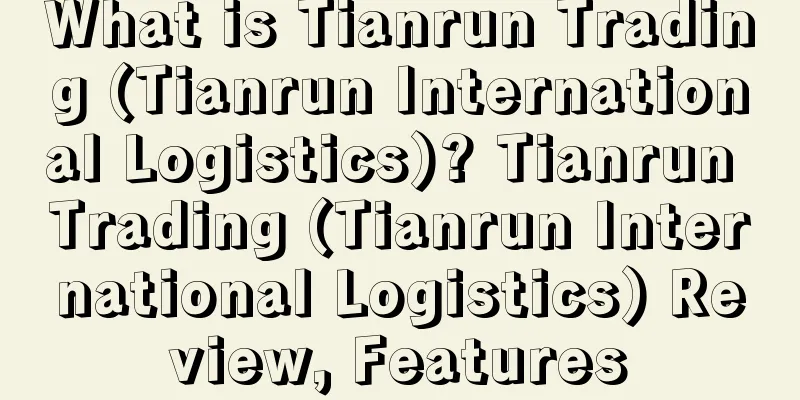Online GMV reaches 40%, and digital native brands are developing strongly

|
2020 was a tough year for digitally native brands , especially as the COVID-19 pandemic shifted consumers’ shopping priorities to essential goods. Even so, these brands still managed to achieve growth above expectations overall .
Last year, their direct-to-consumer ( D2C) e-commerce sales grew 40.0%, an upward revision from their previous estimate of 24.3% growth.
Some brands, especially those that are discretionary in nature, increased sales, but only slightly. Personal styling service Stitch Fix, for example, saw sales increase 8.5% in the fiscal year ended July 31, 2020. Mattress brand Casper also performed poorly, with D2C sales increasing just 3.6% in the year ended Dec. 31, 2020.
And companies like HelloFresh , BarkBox, The Honest Company and Blue Apron showed strong growth as consumers increased spending on groceries , health and personal care items.
Most people are spending more money than ever on online shopping, a boon for digitally native brands that are uniquely positioned to close stores and take advantage of the shift to online, said the head of forecasting firm eMarketer at Insider Intelligence .
Additionally, with many consumers focusing on fitness and health, companies like Peloton have thrived. In fact, the brand's sales of connected fitness products grew more than 140% in the calendar year ending December 2020.
Overall, digitally native brands still outperformed the market average by 33.6%. This was primarily due to strong performances from brands such as Peloton , HelloFresh, and BarkBox, which had a disproportionate impact on total sales.
In recent years, many D2C brands have realized that in order to expand their business, they need to try secondary distribution channels, such as opening stores , partnering with retailers, and selling through wholesale distribution. However , during the COVID-19 pandemic , most D2C brands' sales came from their online channels.
As more stores reopen and consumers start shopping in-store again, D2C brands will continue to expand into multiple distribution channels . The focus, of course, remains on e-commerce. In addition, D2C will expand into new categories that are natural extensions of their brands, such as men’s grooming company Harry’s offering deodorant and footwear brand Allbirds selling apparel and socks.
Beyond that, there will be a greater focus on aligning brand values. Consumers have been paying close attention to sustainability, locally sourced products, and whether brands are helping the community they serve. D2C E-commerce Sales |
Recommend
What is Haichuang Incubator? Haichuang Incubator Review, Features
Haichuang Incubator (Haining Haichuang Incubator C...
What is Atoms? Atoms Review, Features
Atoms has created a must-have shoe with supreme co...
What is OpenAI ? OpenAI Review, Features
OpenAI is an artificial intelligence research com...
What is ovcio? ovcio Review, Features
ovcio is a coveted lifestyle and cashmere scarf br...
What is Zomato? Zomato Review, Features
Founded in 2008, Zomato is a food ordering, takea...
What is Seller Bay? Seller Bay Review, Features
Xiakedao is a Shenzhen Haichen Network Co., Ltd. ...
Shenzhen big sellers need to report to the police
According to preliminary estimates, China's c...
Seizing goods and forcing sellers to withdraw! Many markets in Southeast Asia have been hit hard at the beginning of the year
With the rapid development of the global e-commer...
Amazon opens discount stores to clear inventory, a "two-line" favorable layout
Amazon Discount Store was originally planned to b...
Jihong shares issued an announcement to stop the acquisition of Gujiao Liquor
In June this year , Jihong Co., Ltd. issued a sug...
What is Flexport? Flexport Review, Features
Flexport is an international technology freight on...
Anker's suppliers made a fortune!
Suppliers who seize the right opportunity. With s...
Many of the seller's products were removed from Amazon because they were too "exposing"
It is understood that Amazon believes that these ...
Freight rates continue to rise, with sea freight to the United States increasing by nearly 50%!
Shipping prices have seen a second consecutive in...
What is Kuabei? Kuabei Review, Features
Kuabei is a supply chain financial service platfor...









